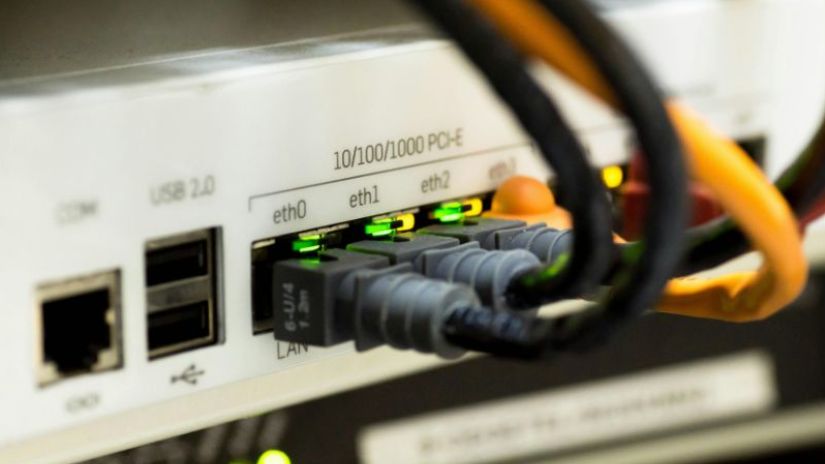- Too many devices can affect your Internet speed
- Most wireless routers claim that they can support around 250 devices all at once
- Learn how many devices can connect to your home Wi-Fi

In today's world, a reliable Wi-Fi connection is essential for every household. With the increasing reliance on technology, people are constantly seeking knowledge, staying connected with friends and family, and staying updated on important business matters.
However, with multiple devices sharing the same Wi-Fi network at home, it's important to ensure that your connection can handle the load. Even with unlimited data, there may be limitations on the number of devices that can connect to your router.
How many devices can be connected to a Wi-Fi router?
In most home networks, there's usually a single wireless access point provided by a broadband router. Theoretically, Wi-Fi routers and access points can support up to 250 connected devices.
In practice, routers are designed to handle occasional heavy network use by shifting available bandwidth to devices that need it. While there's usually no issue for computers connected to the router, laptops and smartphones may experience slower loading times during peak usage.
If you're unsure about the capabilities of your router, searching for its model number online can provide you with more detailed information.
What are the limits?
Wireless networks have changed the way we use the Internet, providing mobility, speed, convenience, accessibility, and connectivity. However, it's important to recognise that they also have limitations due to their design, specific ranges, and vulnerabilities.
Devices relying on a wireless network may experience slow file transfers, especially when they're far from the Wi-Fi source or router. This decrease in speed is due to weakened signals or interruptions caused by distance and obstacles.
Household appliances and certain interiors can further limit or obstruct the wireless signal, leading to degraded performance and only providing a reliable signal to devices close to the router.
To address these issues, it's advisable to limit the number of devices connected to the router, ideally to 10-20 gadgets, to improve signal strength. Additionally, installing an additional router or home network access point can help support all devices in the household.
Increasing bandwidth can also enhance the network's overall performance, ensuring better distribution of data and speed demands.
Heavy Internet user?
Need a change?
Are you still searching for the perfect Internet plan for your home? You're on the right track. Compare Broadband has a longstanding commitment to assisting businesses and households in finding the best Internet deals.
With our expertise, we can help you find the ideal Internet plan. Contact us today for a free consultation via our hotline.





